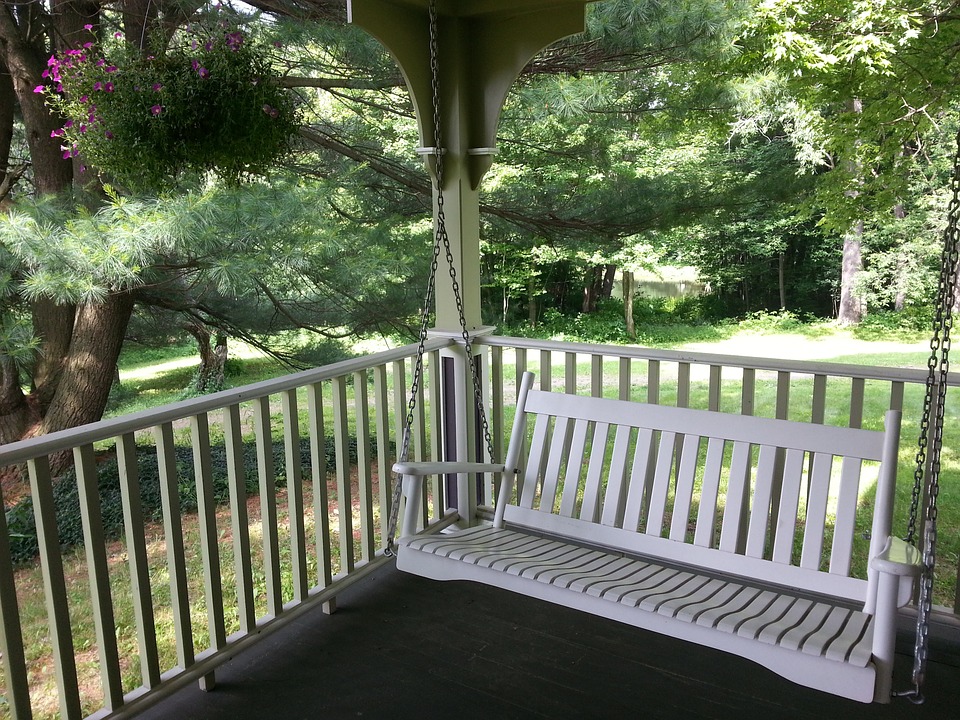Most folks are very familiar with big yellow buses boasting black-stenciled letters:
SCHOOL BUS
We can’t miss them.
We’re not supposed to.
But when did this this helpful, if not crucial, mode of transporting precious children show up on American roads?

For starters, the concept of carrying groups of children to school emerged as American educators became concerned that instruction offered in rural classrooms lacked quality. Their solution was to close those schoolhouses and build one large facility in a nearby city. That decision sparked the need to provide a way for children to travel the increased distance to the new learning sites.
If walking was not an option, farm wagons or sledges (a vehicle on runners pulled by horses) were engaged. Another mode was horse drawn school wagons built to allow the children to enter from the rear so as not to spook the horses. In the 1880s, though not widely used, a “kids hack” (re-purposed or specially built wagons with bench seats on the perimeter) provided rides.

The invention of the engine transformed the world of toting children.
By the 1920s, wood-slatted wagons were powered by a motor instead of horses. The benches were still built on the exterior of each side of the wagon bed, no weather protection was provided (just an overhead tarp), and entry remained through a back door. The “wagon” look disappeared in the 1930s when an all-steel body was adopted, and the entry door was moved to the front.
Though the engine brought about significant change, the defining moment in the life of a school bus likely came at an April 1939 conference organized by Dr. Frank Cyr. Representatives from forty-eight states, along with educators and bus manufacturers, met in Pennsylvania to hash out what resulted in forty-four uniform standards for school buses.
Detailed requirements as to construction of the buses incorporated sketches and measurements. A lengthy, itemized vehicle inspection report was developed for use by those maintaining the buses. An application for the bus driver was created. Qualifications for employment were established, including, in part, good character, reliability, familiarity with students and parents, and knowledge of first aid. And, of course, passing a test.

The color of the bus was also addressed at this conference. Communities had been picking random colors—from blood-orange to blue to green to white to a patriotic display of red, white, and blue—and continuity seemed in the best interest of the children’s safety. After comparing a variety of colors, “National School Bus Chrome”, the bright yellow we’ve come to know so well, along with stenciled black lettering “School Bus”, were approved. This color seemed to register faster to the human eye, including peripheral vision, and had greater visibility in early morning and early evening light.
Writers might ask, “Why should school buses matter to me?”
They are rich in ideas for plots, settings, scenes, and character development.
Envision a school bus packed with children. Perhaps the hero bus driver has developed an eye for spotting abuse or hunger. Maybe one of the children is haunted by a secret—the twist that shifts the story. Or a minor character is a mechanic for the school district, allowing for an occasional scene at the maintenance yard.

The Corner Bus Stop might add interest to a plot. Picture the heroine as a neighborhood watch mother collecting tidbits as she waits for the bus to drop off her daughter. Or maybe the tomboy would rather be tossing a ball with the boys instead of giggling with the girls while waiting for that big yellow bus to haul her off to school.
Write thrillers? Search the internet for “Chowchilla, California School Bus Kidnapping.” Ignite the imagination with that high profile story—parents, children, police and bad guys!
Perhaps the school bus begs to keep a low profile.
A flashback to the friendship forged riding to and from school. Or something simple and sweet. Like that darling tyke whose inquisitive mind wants to know:
“Mommy, why is the school bus yellow?”

Jeannine Brummett lives in South Carolina with her husband of nineteen years, Don, who shares his three adult sons and three grandchildren with her. Reading is big on her list of things to do, but she also thrives on TV crime dramas, NBA basketball, and marvels at the critters and fowl life that live at the pond behind their house. She loves to sing praise songs, attend Bible Study, and help at a local food pantry.





No Comments